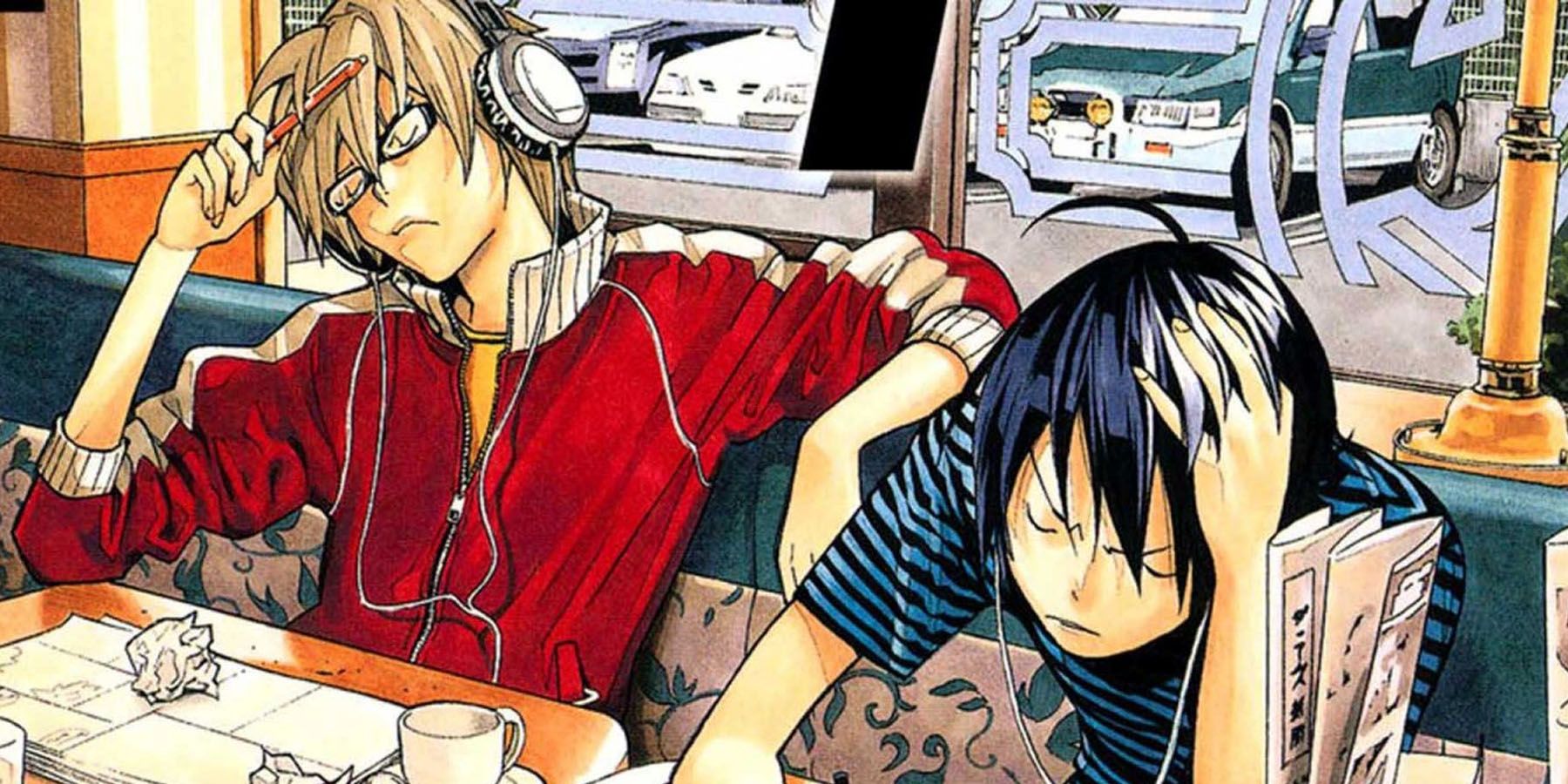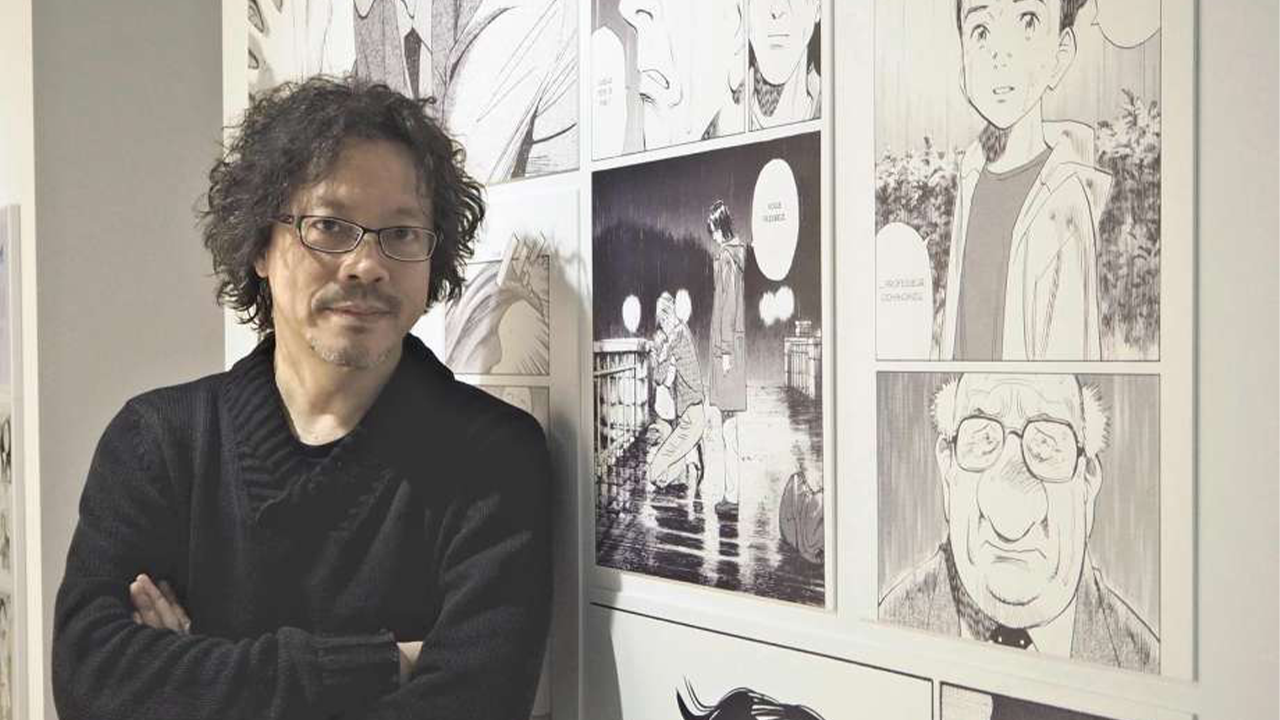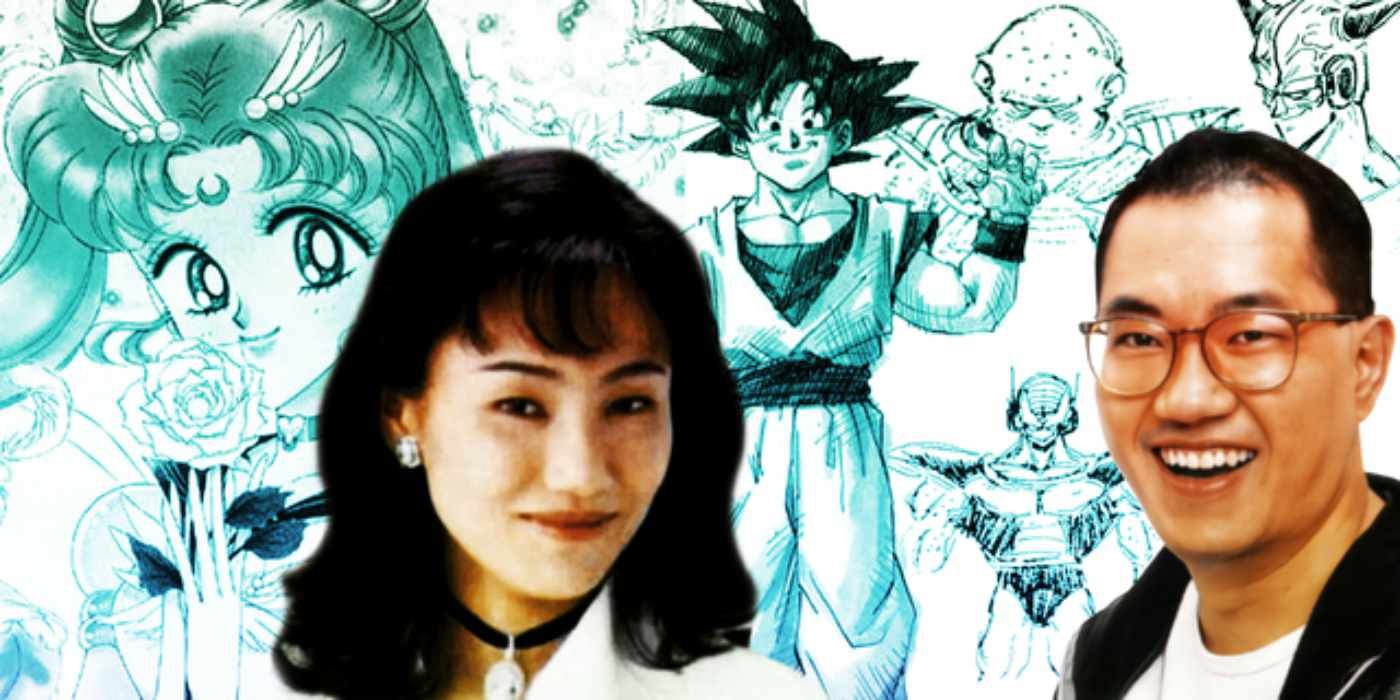Manga author? Yo, that’s way more than just drawing cute characters and crazy battles! It’s a total rollercoaster ride from brainstorming epic storylines and designing killer characters to the intense grind of inking, coloring, and dealing with deadlines. This ain’t no walk in the park; we’re diving deep into the creative process, the biz side of things, and how manga authors totally shape pop culture.
We’ll explore everything from traditional publishing to self-publishing, the insane pressure of meeting deadlines, and how authors connect with their massive fanbases. Think royalties, marketing, and even the evolution of manga art styles – from classic to digital. We’ll even check out the lives of some legendary manga authors and how their work has blown up globally. Get ready for a wild ride!
The Creative Process of a Manga Author
Creating a manga is a complex, multi-stage process demanding creativity, technical skill, and incredible dedication. From the initial spark of an idea to the final printed page, numerous steps contribute to the finished product.
Stages of Manga Creation
The journey typically begins with concept development, outlining the plot, characters, and world. This is followed by storyboarding, where the author visually plans the narrative flow. Character design is crucial, establishing visual identities that resonate with readers. Next comes penciling, inking, and finally, coloring, often involving digital tools for efficiency and precision. The completed pages are then submitted to the publisher for review and publication.
Storyboarding and Character Design
Storyboarding acts as a blueprint, ensuring a compelling visual narrative. Each panel is meticulously planned, considering composition, pacing, and emotional impact. Character design is equally important; distinctive features and expressions are crucial to creating memorable and relatable characters. Authors often spend considerable time refining designs to capture the essence of their creations.
Inking and Coloring Techniques
Traditional inking utilizes brushes and pens, demanding precision and control. Digital inking offers flexibility and ease of correction. Coloring techniques range from traditional watercolors and markers to digital painting software, each providing unique aesthetic possibilities. Authors may choose methods that best complement their artistic style and the tone of their manga.
Challenges in Manga Production
Meeting deadlines is a constant challenge, requiring efficient time management and creative problem-solving. Maintaining consistent quality across numerous pages is another hurdle. Furthermore, the intense workload can lead to burnout, necessitating careful self-care and pacing. Balancing creative vision with editorial feedback also plays a crucial role in the process.
The Business Side of Being a Manga Author
The path to becoming a successful manga author involves not only artistic talent but also a shrewd understanding of the business side of the industry. From publication to marketing, navigating this landscape requires careful planning and strategic decision-making.
Manga Publication Avenues
Traditional publishing houses offer established distribution networks and editorial support, but are highly competitive. Self-publishing provides greater control but demands more effort in marketing and distribution. Authors often weigh the pros and cons of each approach, considering their individual circumstances and goals.
Financial Aspects of Manga Authorship
Income for manga authors comes primarily from royalties, a percentage of sales, and potentially advances from publishers. Merchandising opportunities, such as anime adaptations or related products, can significantly boost earnings. However, the financial landscape is complex, with variations in royalty rates and contract terms.
Marketing and Promotion, Manga author
Effective marketing is crucial for success. Authors may utilize social media, attend conventions, and collaborate with other creators to build awareness. Creating a strong online presence and engaging with fans is essential for cultivating a loyal readership.
Established vs. Emerging Authors
Established authors often benefit from brand recognition and established relationships with publishers. Emerging authors face a steeper climb, needing to prove their talent and build a following. The industry presents unique challenges and opportunities for both groups, requiring adaptability and persistence.
The Evolution of Manga Authoring Styles
The history of manga art styles reflects a dynamic interplay of influences and innovations. From its origins to the diverse styles seen today, the evolution of manga is a fascinating journey.
Historical Development of Manga Art Styles
Early manga styles were heavily influenced by ukiyo-e woodblock prints and Western comics. Over time, distinct Japanese aesthetics emerged, evolving alongside societal changes and technological advancements. Key innovations include the development of distinct character designs and storytelling techniques.
Prominent Manga Authors
Numerous authors have profoundly shaped the industry. Osamu Tezuka’s contributions are foundational, establishing many of the conventions of modern manga. Other influential figures include Go Nagai, Rumiko Takahashi, and Eiichiro Oda, each leaving an indelible mark on the art form.
Manga Genres and Artistic Styles
Different genres often employ distinct artistic styles. Shonen manga, targeting a young male audience, frequently features dynamic action sequences and expressive character designs. Shojo manga, aimed at a young female audience, often focuses on romance and relationships, using softer lines and more delicate coloring.
Check hakari manga to inspect complete evaluations and testimonials from users.
Impact of Technology
Digital tools have revolutionized manga creation. Software programs provide greater efficiency, flexibility, and precision in inking and coloring. Digital publishing has also broadened distribution channels, making manga accessible to a global audience.
| Aspect | Traditional Methods | Digital Methods |
|---|---|---|
| Inking | Pens, brushes, ink | Drawing tablets, digital pens, software |
| Coloring | Watercolors, markers, paints | Digital painting software, color palettes |
| Publishing | Print media, physical distribution | Online platforms, e-books, digital distribution |
| Revisions | Time-consuming and potentially messy | Easy and efficient with undo/redo functions |
The Relationship Between Manga Authors and Their Audience
The connection between manga authors and their readers is a vital aspect of the manga experience. Authors actively cultivate this relationship, creating a sense of community and shared engagement.
Fan Interaction and Feedback
Authors often interact with fans through social media, conventions, and online forums. This feedback loop provides valuable insights, shaping creative decisions and ensuring the manga resonates with its target audience. Authors may incorporate fan suggestions or address concerns directly, fostering a sense of collaboration.
Building and Maintaining Connection with Readers
Authors employ various strategies to connect with readers, including releasing bonus content, engaging in Q&A sessions, and participating in online discussions. Building a strong online presence and consistent communication helps maintain engagement and loyalty.
Impact of Social Media
Social media platforms provide direct channels for communication and engagement. Authors can share updates, behind-the-scenes glimpses, and interact directly with fans. This immediacy fosters a sense of intimacy and community, strengthening the author-reader bond.
Fictional Scenario of Positive Author-Fan Interaction
Imagine a scenario where a popular manga author holds an online Q&A session. A fan expresses their appreciation for a specific character’s development. The author responds, thanking the fan for their insightful comment and sharing details about the character’s backstory, further enriching the reader’s experience and deepening their connection to the story.
The Impact of Manga Authors on Popular Culture
Manga’s influence extends far beyond the pages of its publications. It has profoundly impacted other forms of media, cultural trends, and global perceptions of Japanese art and storytelling.
Manga’s Influence on Other Media
Manga frequently serves as source material for anime adaptations, video games, and live-action films. These adaptations often reach wider audiences, amplifying the reach and influence of the original manga.
Manga Authors Shaping Popular Culture

Specific authors have shaped trends in fashion, music, and language. The characters and stories they create often become iconic, influencing the way people think and express themselves. This cultural impact demonstrates the far-reaching consequences of creative work.
Global Reach and Influence of Manga

Manga’s global popularity is undeniable. It has transcended geographical boundaries, captivating audiences worldwide. This global reach has introduced Japanese culture and aesthetics to a broader international audience.
Influential Manga Authors and Their Works
A list of influential manga authors and their notable works helps illustrate the diversity and depth of the medium.
- Osamu Tezuka: Astro Boy
- Go Nagai: Devilman
- Rumiko Takahashi: Inuyasha, Ranma ½
- Eiichiro Oda: One Piece
- Masashi Kishimoto: Naruto
The Life and Career of Eiichiro Oda
Eiichiro Oda, the creator of One Piece, stands as a prominent figure in the manga world. His career exemplifies dedication, innovation, and the power of long-term storytelling.
Oda’s Creative Journey
Oda’s passion for manga began in his youth, leading him to pursue a career in the industry. His early works demonstrated his talent for storytelling and character development, paving the way for his magnum opus, One Piece.
Oda’s Artistic Style
Oda’s distinct style is characterized by dynamic action sequences, expressive character designs, and a blend of humor and heart. His style has evolved over time, reflecting both his artistic growth and the evolving nature of the One Piece narrative.
Oda’s Impact
One Piece‘s enduring popularity has cemented Oda’s place as a major influence on the manga industry and popular culture. His work has inspired countless artists and storytellers, leaving an indelible mark on the world of entertainment.
Timeline of Oda’s Career
Key milestones in Oda’s career highlight his journey to becoming one of the most successful manga authors of all time.
1997: One Piece serialization begins in Weekly Shonen Jump.
2000s: One Piece achieves global popularity, becoming a cultural phenomenon.
2010s-Present: One Piece continues its successful run, breaking numerous sales records and inspiring various adaptations.
So, yeah, being a manga author is way more than just drawing. It’s a crazy mix of art, business, and connecting with millions of fans. From the initial spark of an idea to seeing your work on shelves worldwide, it’s a journey filled with challenges and rewards. Whether you’re a budding artist or just a mega manga fan, understanding the world of manga authors gives you a whole new appreciation for the art form.
It’s a world of creativity, hard work, and major impact – so next time you pick up your favorite manga, remember the awesome journey the author took to get it there.


